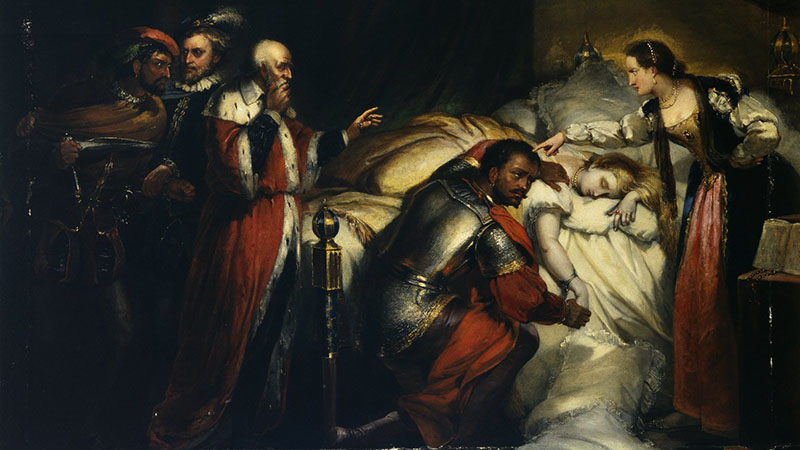Arvas, Abdulhamit. "Racialized genders in the early modern world." Throughlines. www.throughlines.org/suite-content/racialized-genders-in-the-early-modern-world. [Date accessed].
Racialized genders in the early modern world
Studying the relationship between race, religion, and gender in the early modern period

Understanding how the Europeans of the early modern period conceived of the gender binary—and how they connected gender plurality to racial and religious difference—can help us see how the rhetoric of difference continues to be mobilized today. As we read early modern texts, we might ask:
- What do representations of racially othered figures—such as the Jewish man, the Black man, the Black woman, the Muslim, the Turk, the circumcised man, the eunuch, or the Amazonian—reveal about racial, religious, and gender variance?
- Is Othello, the Black “Moor” of Venice, the same gender as the white Iago?
- Why and how does Captain Ward of A Christian Turned Turk change in terms of his masculine virility after he converts to Islam and gets circumcised?
- Does Viola’s desire to become a eunuch in Twelfth Night suggest a wish to transition into a new, distinct gender that is neither man nor boy?
When we understand gender, racial, and religious difference as interlocking structures, we can begin to denaturalize the supposed ubiquity of biological race and the gender binary.
Further learning

Sexualization of Islam in Turk plays
“Turk plays” used race, religion, and sexuality to construct and enforce difference portraying Muslims, Jews, and Black people as sexually deviant or unnatural. Studying these texts reveals how early modern depictions of sexuality and race intersected.

Othello and Othello and Othello
Beginning with the play’s earliest performance, we study Othello from various critical perspectives through close analysis of the play-text and adaptations on film and stage. For several weeks students read the text of the play slowly and closely, paying particular attention to Shakespeare’s use of language, metaphor, genre, and dramatic form.
Recommended

Biopolitics and citizenship in Euripides’ Ion
Who is and who is not a citizen, and how this is determined across national and racial lines, has a deeply rooted history. Dan-el Padilla Peralta takes on questions of citizenship, belonging, and national identity in ancient Mediterranean literature.

.png)



